Rich tapestry of Buddhist, Taoist and tea traditions
Updated: 2015-07-15 08:13
By Xu Lin In Xinchang, Zhejiang Province(China Daily)
|
||||||||
If you are looking for a one-stop snapshot of China's deep traditions of Buddhism, Taoism and tea culture, Xinchang county in Zhejiang province is the place to go. As an added bonus, visitors will also be able to enjoy the beautiful scenery of its green mountains and deep valleys.
My journey started at Dafo (Big Buddha) Temple, which has a history of more than 1,600 years. It's well-known for its 15-meter high Buddha statue carved inside a grotto, which is the biggest Buddha south of the Yangtze River.
Stepping into the Main Hall, I followed other visitors to view the statue, which was varnished with gold in 1991. As I stood in front of it, a ray of sunshine burst through a small window bathing it in light. I was instantly filled with veneration and couldn't help but admire the skill of the ancient craftsmen.
No matter where you stand and look at the Buddha, it seems that he is smiling at you. His eyes are two triangle-shaped caves, which are big enough for an 8-or 9-year-old child to stand inside. On the back of his head are three wells, so when it rains or snows, the water drains away.
After worshipping the Buddha, my friends and I went to a teahouse inside the temple to have a sip of Dafo Longjing tea. Unlike at other places famous for their tea culture, the local residents like to use glasses rather than porcelain or clay cups for the tea. The green leaves gradually become larger and you can watch them as they swell and fall to the bottom of your glass.
Xinchang is not only the hometown of Dafo Longjing, it also houses the China Tea Market, a major distribution center for Longjing tea. Besides domestic sales, the market exports about 30,000 tons of tea to Europe and Africa every year.
"The county has a deep-rooted culture of Buddhism and tea. You can understand Zen through drinking tea here. We're also promoting the local tea culture in schools and communities," says Chai Liming, Xinchang's executive deputy head.
To understand Taoist culture, Chongyang Palace in the county's suburbs is a good place to visit. Located at the Chuanyan Nineteen Peaks Scenic Area, the temple has attracted many Taoism masters, and poets such as Li Bai.
One can pay respect to the Taoist gods and ancient philosophers, including Confucius, and enjoy the traditional Chinese architecture of the complex.
In the distance, the 19 peaks standing in an unbroken line represent a wonderful photo opportunity at sunset. Each peak has a different shape, such as a saddle and a lion, and some well-known Chinese swordsmen TV series were filmed there due to their natural beauty.
Xinchang's beautiful landscapes have attracted many poets since ancient times. The largest collection of Tang poetry, Complete Tang Poems, contains about 49,000 lyric poems by more than 2,200 poets, and in 1991, Zhu Yuebing, a scholar from Xinchang, claimed that about 400 of the poets visited Tianmu Mountain and wrote poems praising its beauty.
He concluded that poets in the Tang Dynasty (AD 618-907) including Li Bai, Du Fu and Meng Haoran, started from Hangzhou and Shaoxing, and traveled along the rivers to Tianmu Mountain and Tiantai county's Tiantai Mountain, a journey of about 190 kilometers.
They composed well-known poems to describe the picturesque scenery and their excitement when they were climbing the mountains. Zhu called it the "road of Tang poetry in the east of Zhejiang province".
Petrified wood is another feature of the local scenery in the county. The fossils of wood discovered in the county were formed in the Cretaceous Period about 145.5 million to 65.5 million years ago.
Visitors can also see fossilized trees of different heights at the High Fashion Silk World Industrial Tourist Zone. This is a place to learn more about the Chinese silk culture, the history of the Silk Road and China's modern silk-weaving industry. The Silk Culture Museum shows the entire process from raising silkworms to weaving silk.
Visitors to the zone can pick mulberries and organic vegetables, and also watch the super-wide rapier looms and digital jacquard looms at work in the factory workshops.
"Silk is a classic symbol of China, and the public should know more about it. Opening our facilities to visitors not only raises awareness of our brand, it is also part of our corporate responsibility," says, Kou Yongqi, the company's deputy general manager.
Last November, the company became famous overnight after top global leaders wore their New Chinese Suits during the welcome ceremony for the Asia-Pacific Economic Cooperation summit in Beijing.
Like most visitors, I was soon trying to choose what to buy among their pretty silk products such as scarves, bed sheets and quilt covers with elegant Eastern or Western designs at its factory store.
xulin@chinadaily.com.cn
(China Daily 07/15/2015 page19)
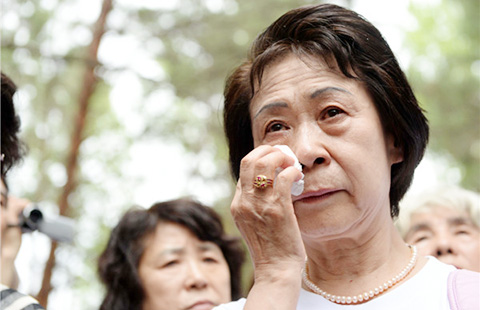
 Japanese war orphans visit graves of adoptive Chinese parents
Japanese war orphans visit graves of adoptive Chinese parents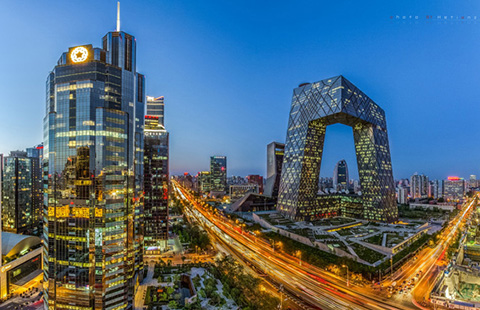
 Top 10 Chinese provinces with most stock market investors
Top 10 Chinese provinces with most stock market investors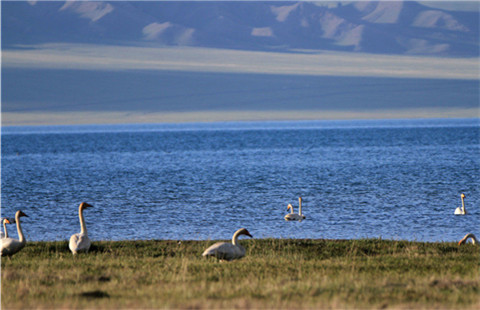
 Lovely 'pearl' on the mountain: Sayram Lake
Lovely 'pearl' on the mountain: Sayram Lake
 Student investment group scores big on stock market
Student investment group scores big on stock market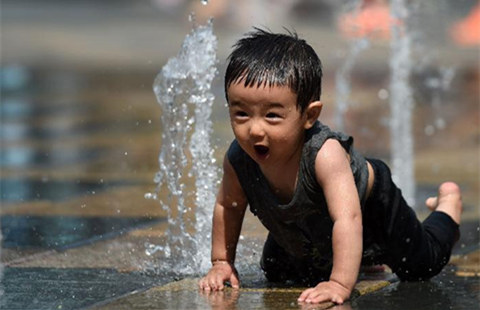
 Beijing roasts in high temperature
Beijing roasts in high temperature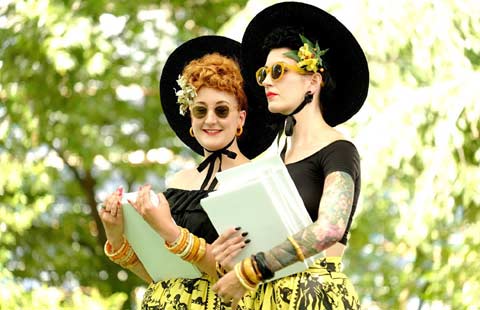
 The world in photos: July 6-12
The world in photos: July 6-12
 Djokovic downs Federer to win third Wimbledon crown
Djokovic downs Federer to win third Wimbledon crown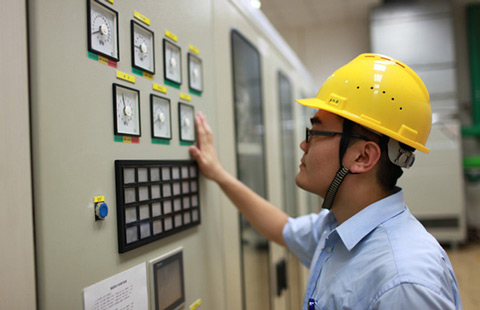
 Top 10 Chinese companies by profit margin in 2015
Top 10 Chinese companies by profit margin in 2015
Most Viewed
Editor's Picks

|

|

|

|

|

|
Today's Top News
Pentagon tones down on China threat
Hillary Clinton calls for higher wages for everyday Americans
Stock bargains seen in market by some
IQiyi buys 800 Paramount films
A day in the life of Muslims during Ramadan in NW China
China's carbon growth rate in decline: report
Mexico: Drug lord 'El Chapo' Guzman escapes, manhunt begins
Lawyers held for 'trying to influence verdicts'
US Weekly

|

|






